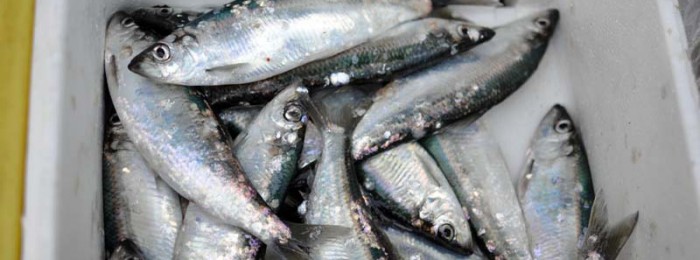01843 585310
info@kentandessex-ifca.gov.uk

01843 585310
info@kentandessex-ifca.gov.uk

Clupea harengus Herring spawning areas are limited by the need for a gravel substrate to which the eggs attach. Depending on water temperature, larvae hatch on the seabed from 8 to 40 days after spawning and drift passively as plankton for the following 4 to 6 months.
Young herring remain in nursery areas for 2 years, in shallow nutrient-rich water. The abundance of juveniles in the different nursery areas is dictated by annual variations in the strength and direction of the drift of the larvae and their variable mortality on route. After two years, they swim to deeper waters, spending daytime in deeper water and migrating to shallower waters at night.
Herring become sexually mature between 3 and 5 years old and spawn every year till they die. This pelagic species, growing up to 40cm, are found in huge shoals filtering plankton and small fish through relatively large gill rakes. Herring are an important food source for gadoids (including cod), dogfish, marine mammals and sea birds.
© Kent & Essex IFCA 2025 - All Rights Reserved | Privacy Policy